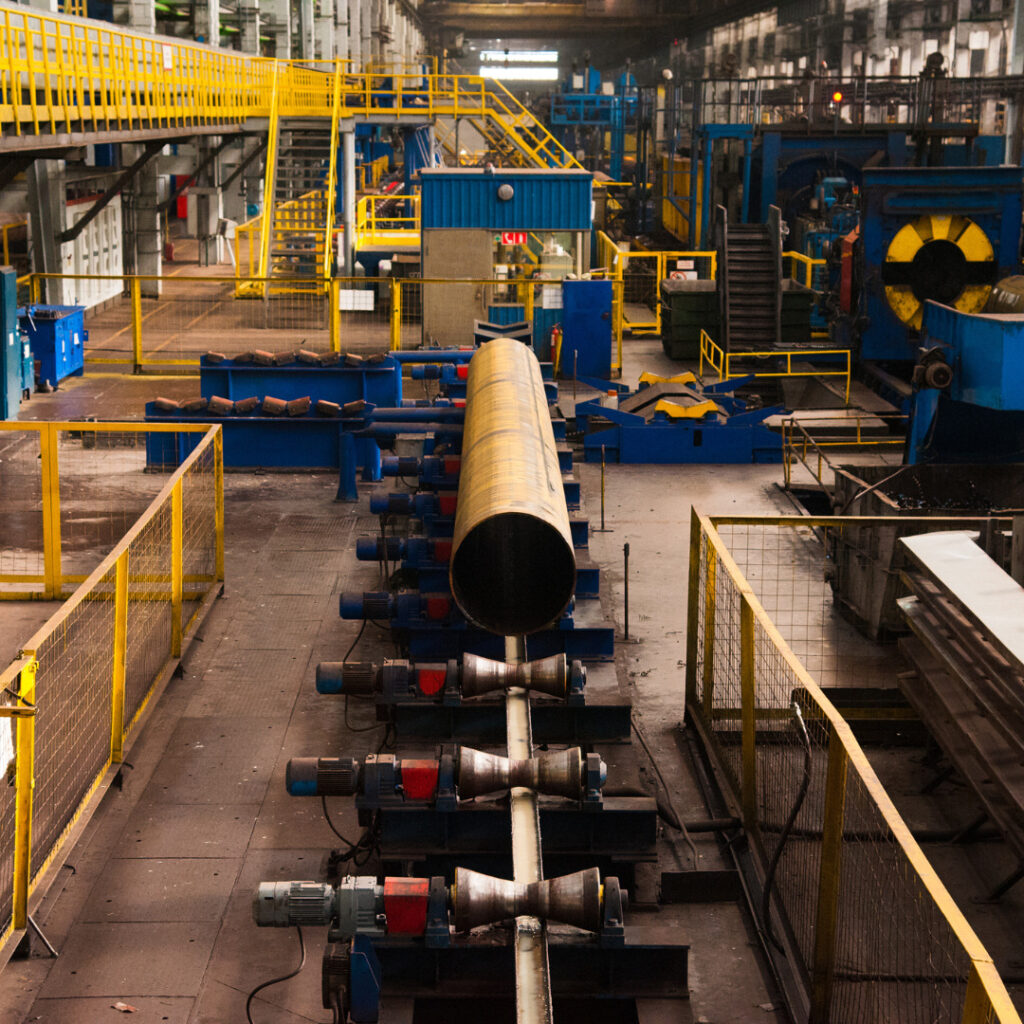4 ways SteelTrace can benefit operators in the design phase
How to tackle the challenges of the design phase
Operators and EPCs have challenges during the design phase, due to the extended supply chain and the uncertainty of the material supplied. Let’s think about the design of a buckle arrestor. To define its length and its OD/Thickness you need to have data of the pipes that are going to be used. However, you will not have real data from the pipemill: you will have only nominal ones (e.g. random length, nominal OD). That’s why when you will issue the purchase order to the forging supplier you will still not have an official design. And since the chemistry is not defined yet, you will need to ask each forging supplier to provide WPQ rings.
How can SteelTrace help?
SteelTrace may help you solving these design challenges by providing real-time data from the first provider of the supply chain. As soon as the steelmill melts the steel and inputs the data into our platform, you will be able to see the steel chemistry. And as soon as the pipes are being manufactured, you’ll have the pipes dimensions (and statistical insights as well). Thanks to SteelTrace, you will be able to define and finalize your design at an early stage, reducing project uncertainties.
1. Learn from past data to improve the design
All data could be used to train AI models to predict:
- The most effective heat treatment parameters and chemical requirements to meet specific mechanical properties.
- Optimal welding parameters based on the chemical composition, to optimise welding speed and/or reduce the amounts of filler metal used.
2. Combine with operating data for future improvements
SteelTrace is a single platform gathering all data from all your suppliers (steelmills, forging companies, welding subcontractors etc.). By combining all data from such different sources, you can connect all of them and find patterns to improve your processes or your material requirements.
3. Set better, more realistic and helpful requirements
Let’s think about material used for sour service. We all know that NACE requirements want hardness to be less or equal to 235 HBN. But let’s face it: if you order an API 5L X65 pipe, or an ASTM A694 F65 forging, it’s very difficult that hardness will exceed even 200 HBN. So why do we stick with imposing the large requirement of 235 HBN? Couldn’t we set more realistic requirements, also to other mechanical properties? Thanks to all data collected by SteelTrace you can use data analysis and data science to find better material requirements
4. Compare design choices to manufacturer capabilities
SteelTrace allows you to gather statistics on supplies with just one single click. You can then compare your choices according to manufacturer capabilities and performance.
If you are interested in knowing more about SteelTrace solution for operators, you can click here.




